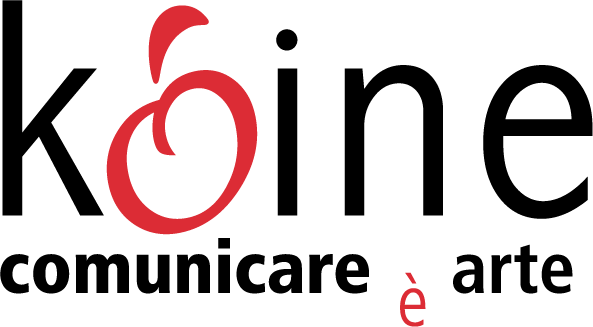Bruno Saetti
He graduated from the Academy of Fine Arts in 1924, and just three years later, in 1927, he held his first solo exhibition. The following year, he participated in the Venice Biennale with The Judgment of Paris (he would take part in several editions, notably in 1938 with a personal room, and received awards in the 1950s). With Bathers in 1929, he won the Baruzzi Prize and participated in the International Exhibition in Barcelona, which established his reputation on the international art scene.
A painter of sensual female nudes, maternity scenes, and landscapes, as well as symbolic figures such as angels, Saetti rejected the languages of the avant-garde, adhering instead to an expressionist realism supported by a strict compositional rigor. In 1930, he was invited to Venice to teach at the Academy, where he served as director from 1950 to 1956. From 1931 to 1972, he participated regularly in the various editions of the Roman Quadriennale.
Saetti is especially renowned as a maestro frescante, a fresco master, a technique he perfected after a visit to Pompeii in 1935. Among his most celebrated frescoes are The Holy Family (1958, University of Padua) and Dialogue with the Angel (1974, fresco on canvas, Gallery of Modern Art in Bologna). He applied this wall-painting technique not only to sacred building cycles (such as in San Martino di Lupari, Sant’Eugenio in Rome, and Santa Maria delle Grazie in Bologna), but also to easel painting—applying fresco techniques to canvas, as in Venetian Mother (1937, Rome’s Municipal Gallery of Modern Art)—and even to lithography, using specially prepared paper that mimics the texture of rough wall surfaces.
A recognized expert in the field, he was invited by the Japanese government to speak on the topic at a conference held at the University of Tokyo in 1970. The following year, his monograph, written by Giuseppe Marchiori, was published. Saetti also worked in graphic arts (drawings, engravings, lithographs), as well as in glass decoration and mosaics—including Angels (1961), created for the Church of San Giovanni Battista on the Autostrada del Sole.
After his death, Palazzo Strozzi in Florence organized a major retrospective. His works are housed in major museums in Italy and abroad (Amsterdam, Madrid, Warsaw, Zagreb, Zurich, Tokyo), and have been the subject of important exhibitions. Notable among these are the retrospectives held in 1974 and 1981 at the Galleria Nazionale d’Arte Moderna in Bologna (the latter dedicated to his graphic works), and the 1981 exhibition of large-scale mosaics at Palazzo Pretorio in Prato. In 2002, on the centenary of his birth, Bologna’s Galleria 56 paid tribute to him with a commemorative exhibition.
